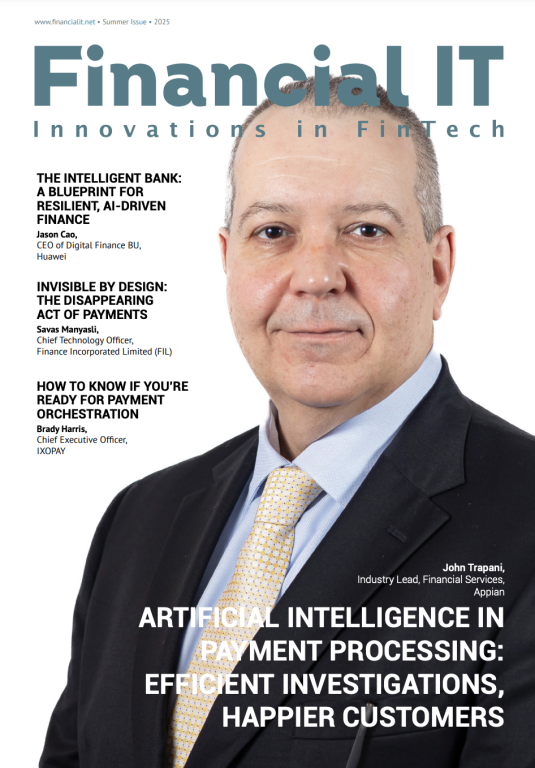How to Get the Data Journey Right in Financial Services

- Suki Nagra, Global Analytics Sales, Solutions and Advisory at DXC Technology
- 06.06.2019 11:45 am data , financial services
Digital transformation in banking is becoming increasingly important as the FS sector looks to evolve the propositions they offer to customers, whilst becoming more agile and responsive to change. One of the key ingredients to success is improving how organisations manage and use the vast array of data they collect from partners and customers.
When it comes to the ‘data journey’ that banking and financial services organisations need to follow, there are five key pillars: storage, networking, services, servers and solutions. Of these, the two most important elements are solutions and services – let’s take a closer look at what that means for banks.
Focusing on the solution
The solution ties the four other pillars together into a working system that can provide data to end users via reliable, scalable, secure services. Banks must understand how data will be stored, processed and made available using storage, networking, servers and services, to making sure that the data journey can be practically implemented and delivered.
Making a solution work reliably at scale means considering the whole life cycle, from when the solution is being developed all the way through to when it will be disposed of at the end of its life. Choosing technologies that meet the needs of the solution over the whole life cycle is critical. Financial services organisations that fail to think through how solutions will be sustained often end up paying more than they should to re-platform services because the technology chosen at the beginning was expensive to scale, modify or support.
Delivering a solution using agile methods is critical to success. Experience across the industry has shown time and again how “big bang” deliveries usually fail, often at huge cost and delay. Designing a solution to be implemented and delivered in manageable interactions, and delivering early, tangible benefits to end users through minimum viable products are the keys to bringing a data journey to a successful conclusion.
Enabling services
Another element of the data journey is providing services. In fact, providing data services to end users, whether people or other systems, is usually the whole purpose of the data journey. Therefore, thinking through what services need to be provided and checking those ideas in collaboration with end users is critical to success. Providing services in small units (so-called microservices) means that they can be designed, implemented and tested in bite-sized chunks. They become the building blocks that make fully featured solutions available to the people who need them.
Apart from the core functional aspects of providing data via services, there are other elements to get right, including the service’s reliability, scale, performance and security. These are usually hard to shoehorn into a service at the end of development, so they need to be carefully thought through from the outset of the journey. We have all become much more aware of the need to protect sensitive data, especially our personal data, from loss or exposure, so designing services to be secure from the get-go has become an essential requirement for most organisations.
Providing data services as microservices works very nicely with the agile business approach. The need for new or modified services can be discovered throughout the data journey, so having an agile delivery method that deals with uncertainty, risk and changing stakeholder priorities is critical to delivering working services to users.





















